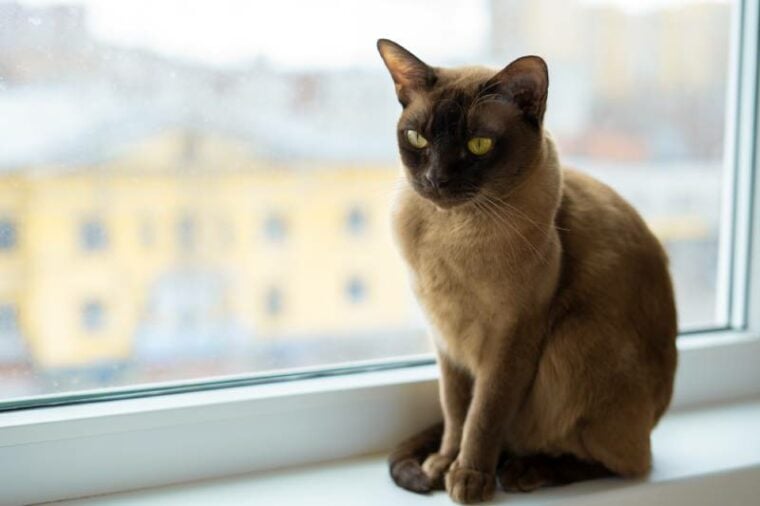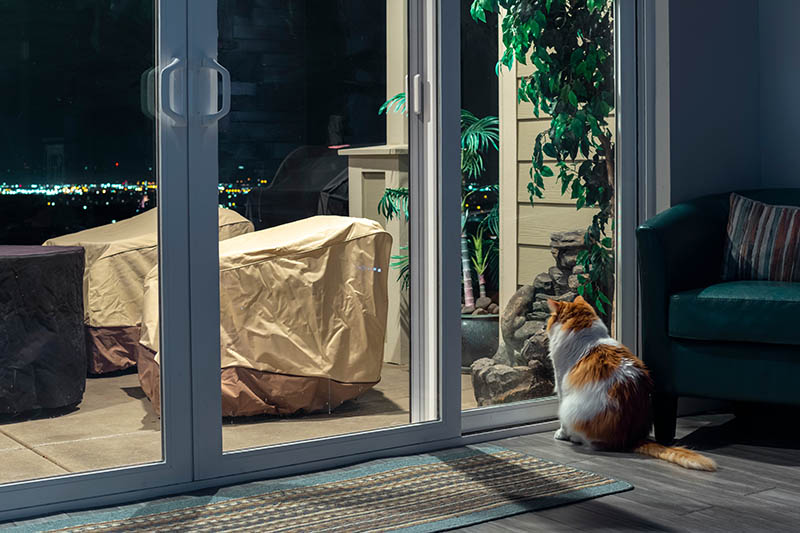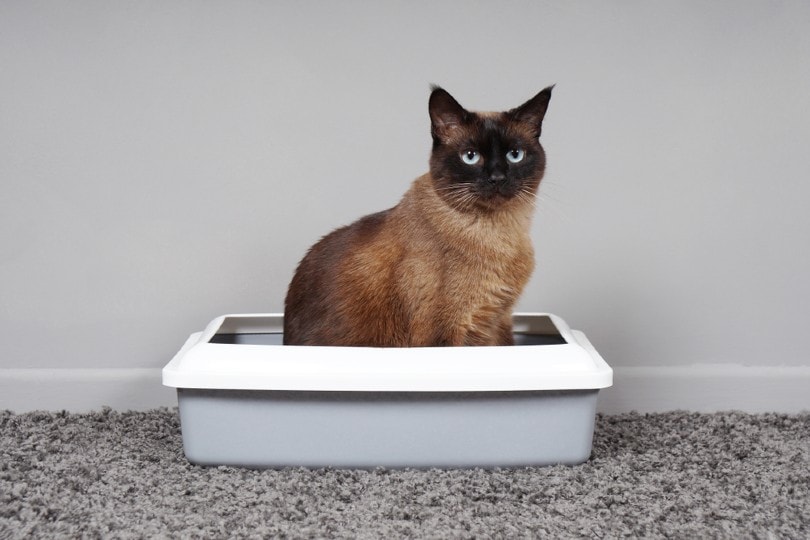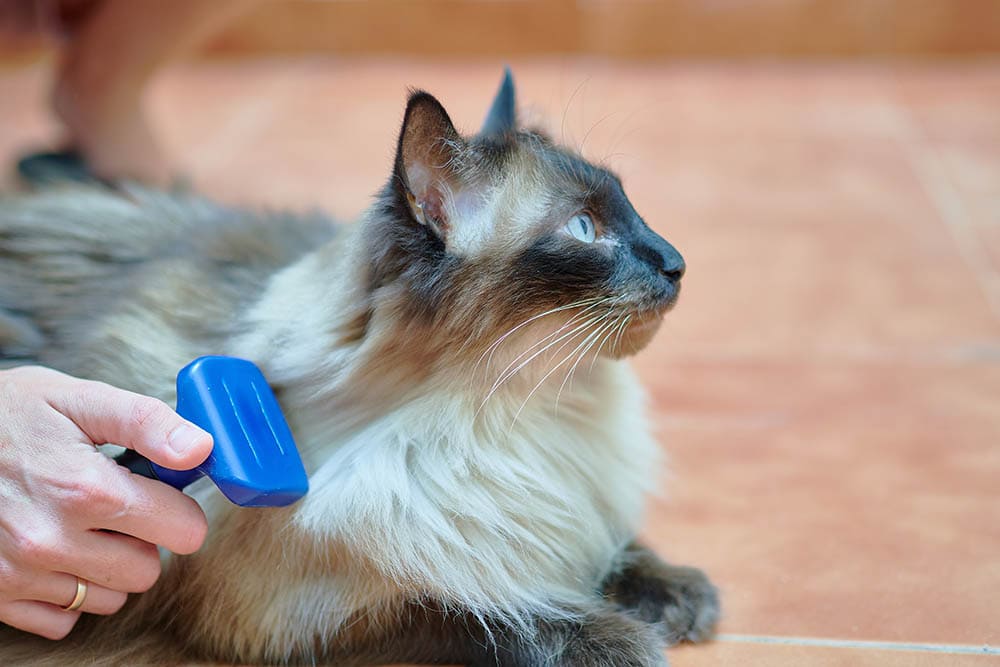
When you love cats but have pet allergies, being around the felines you love can be challenging. If you’ve decided to try to adopt a cat anyway, you might be looking for a hypoallergenic cat and wonder if a Burmese Cat will fit the bill.
Sadly, the answer is no. Burmese Cats are not hypoallergenic, though no cat is considered to be 100% hypoallergenic, as all produce allergens that are shed in hair and dander. It’s important to note that there is no guarantee that you won’t suffer an allergy attack, even with the low-shedding Burmese.
Keeping that in mind, we’ll give you a few tips for how to avoid an allergy attack when you have a pet in the guide below.
Are Burmese Cats Good for Allergy Sufferers?
While there is no such thing as a 100% hypoallergenic cat, the Burmese is a low-shedding cat, so it is labeled by some as hypoallergenic. However, all cats shed dander to some extent, so this statement is misleading.
So, while there is no guarantee that you’ll be able to prevent an allergy attack with any cat, the Burmese can be an excellent choice if you want to try. If you’re going to adopt a Burmese Cat, we’ll give you a few tips below to help minimize your chances of having an allergy attack once you do.
The 4 Steps to Reduce Allergens in Your Home
1. Brush Your Cat and Clean Your Home Regularly
Since dander is shed constantly, including from your Burmese, you should brush your cat regularly. Brushing the cat approximately every other day can reduce the amount of cat hair floating around your home and landing on every available surface.
The less cat hair you have floating around your home, the less likely it will get deposited around your home and potentially trigger your allergy symptoms. You can also try vacuuming and mopping daily to cut down on pet dander and fur. Use a disposable face mask unless you can get a non-allergic person to do this for you.
2. Wash Your Cat Regularly
While you don’t want to bathe your cat daily or even weekly, as it destroys the oils in their skin and makes it flaky and itchy, you could try washing your cat from time to time. Remember that most cats don’t enjoy being bathed, so make sure you read their body language and don’t do it if it becomes a problem for your cat. If your cat tolerates being bathed, it’s best to do it approximately once a month with shampoo that is gentle and recommended by your vet.
If you have difficulty grooming or bathing your pet because of your allergies, it’s best to make an appointment with a professional groomer. The groomer can take care of brushing and bathing your cat, so you don’t have to.
Image Credit: Cerrotalavan, Shutterstock
3. Declare Cat Free Zones
One of the best ways to combat pet allergies is by declaring certain areas in your home as cat-free zones. While you probably hate for your little Burmese not to be able to curl up in bed with you to sleep at night, the bedroom is one of the areas where you most need to create a cat-free zone to minimize your risk of having an allergy attack.
You need to give your body time away from the cat dander, and going into your bedroom should provide some relief. Keep the door closed to your bedroom at all times, and vacuum in there regularly for the best results.
4. Use an Air Filter That Captures Allergens
You can purchase air filters or air purifiers that capture allergens and keep them from circulating through the air. No matter how hard you try, you’ll never be able to catch all of the pet hair and dander floating in your home, so the air filter is an added defense. Units with HEPA filters are best for residents with cat allergies.

Which Cats Are Considered to be Hypoallergenic?
While Burmese Cats are some of the lowest-shedding cats, which gives them the reputation of being hypoallergenic, it might not be the cat you want to take home.
If you prefer another cat that is considered to be “hypoallergenic”, here’s a list of the ones that shed the least:
Remember that just because these are considered the lowest-shedding cats for allergy sufferers doesn’t mean you won’t still have an allergy attack, so take precautions.

Final Thoughts
While the Burmese Cat is a low-shedding cat breed, they are not hypoallergenic. In fact, no animal is 100% hypoallergenic, so there are no guarantees that if you adopt one, you won’t have allergy symptoms.
However, the Burmese Cat might be one of the best breeds to adopt if you’re an allergy sufferer. Obviously, you should take extra precautions, like the ones we listed above, to try to reduce the amount of pet dander in your home.
If you continue to suffer after taking steps to reduce allergens, you can talk to your doctor about getting medical help, which can make your life a lot better.
Featured Image Credit: Sergey Neanderthalec, Shutterstock








